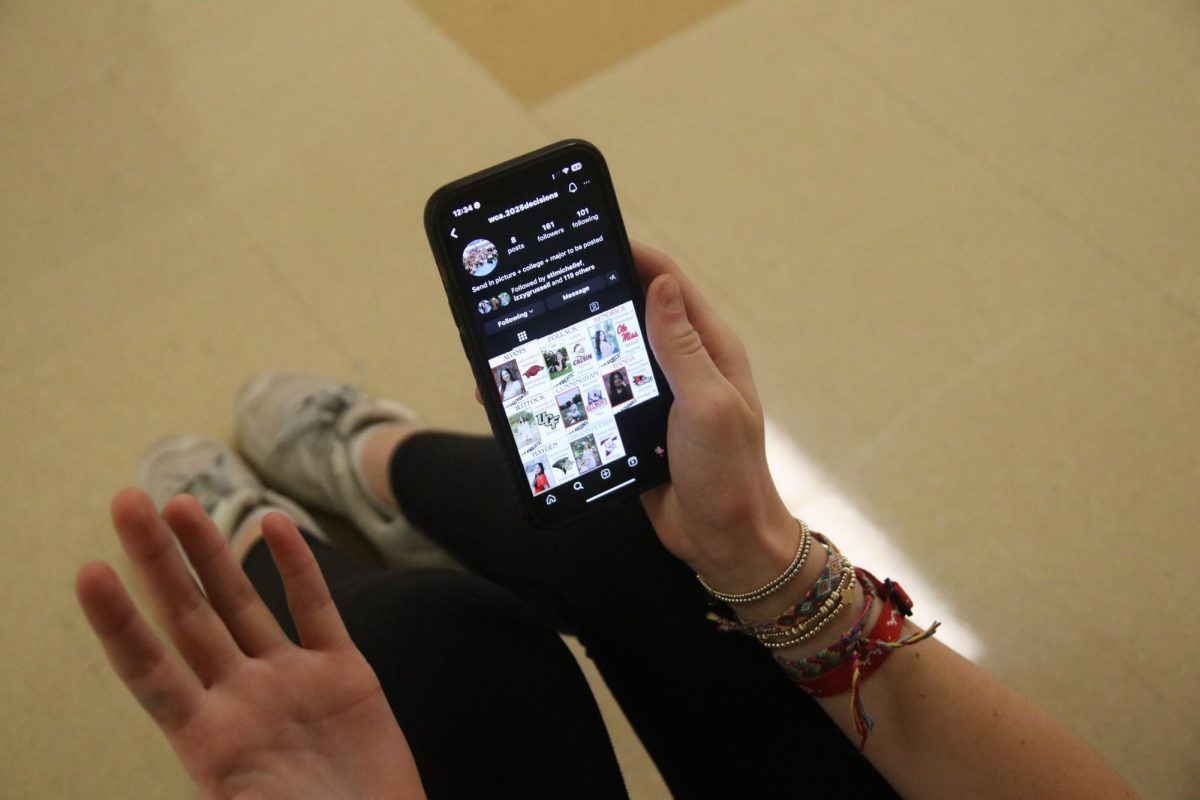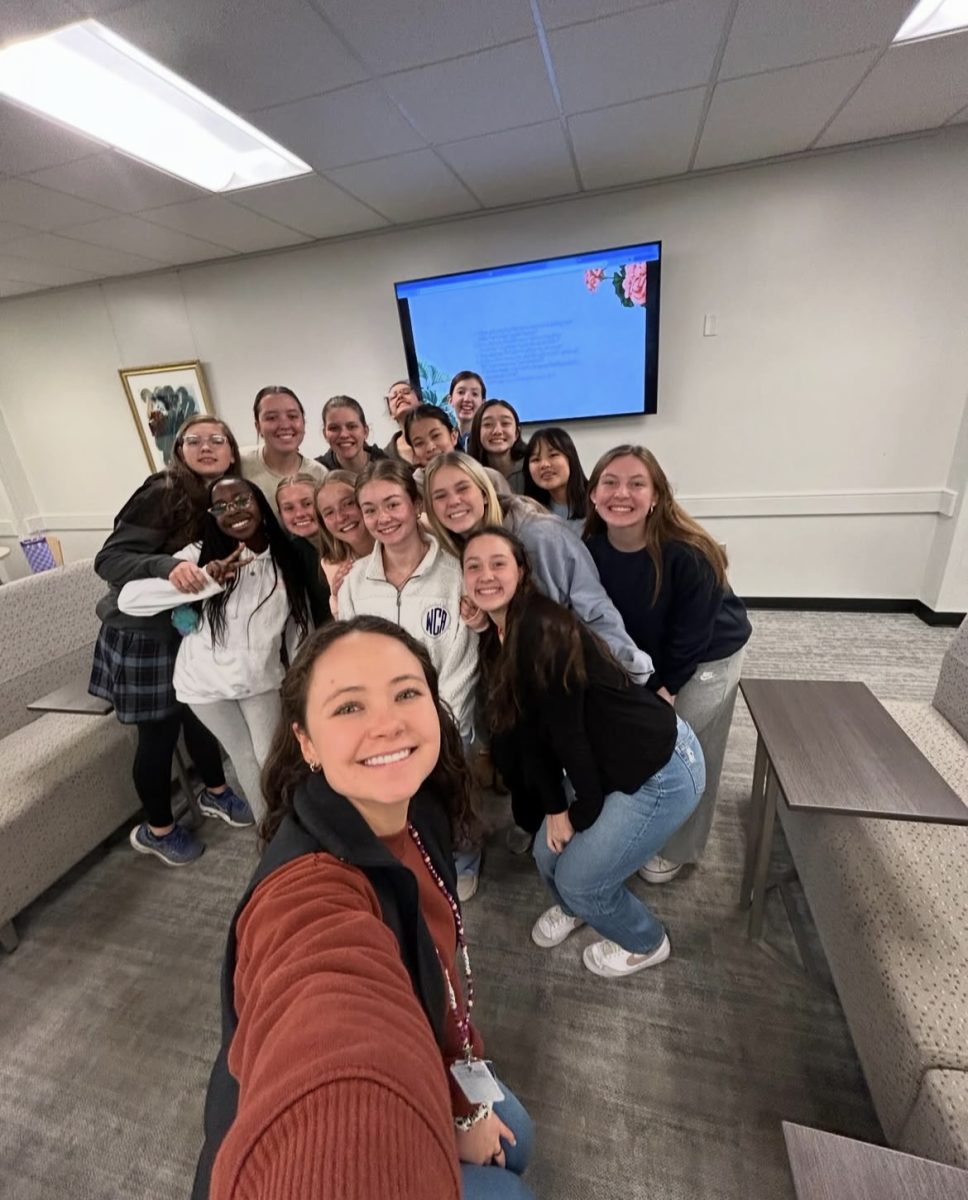These days, printers don’t have the best reputation. For teenagers, printers are associated with 2:00 in the morning and a hundred-point paper due in hard copy the next day, and in these situations of anger and impatience, the machine usually responds with a paper jam or low ink warning. This is when printers get especially nagging and frustrating.
In 1984, however, Charles Hull, cofounder of 3D printing systems, gave the ordinary printer a second glance and through much effort revolutionized it. He did this with the invention of stereo lithography, or, in English terms, a process that involves digitally designing 3D objects and then building them by layering thin strips of plastic on top of each other.
This technology grew from being a simple patent to enabling a machine to print tangible objects that ranged from prosthetic legs to the body of an entire car.
The reason for the “printer’s” success is largely owed to its ability to build objects with considerably less materials than that of other building processes.
In order to explain this dramatic increase in efficiency, imagine the building process of a giant marble statue. The conventional way to build one is through subtracting or chiseling off pieces of marble from a huge block until only the statue is left. All of the marble that has been taken from the block is now practically useless.
Now, imagine building a marble statue as if it were a brick building. Building brick by brick is so much more efficient than the previous process because it involves little if any waste.
The latter way of building things is the way in which the 3D printer does it. The main components are a laser, platform, and material bowl. As a platform slowly moves down into the material bowl, the laser paints or sketches out the object from the materials.
Through this process, the 3D printer has made it possible to make products with high efficiency and much precision.
Currently, 3D printers are most commonly used to make miniature-scale models and prototypes of things such as buildings, engines, and plastic action figures, but with new breakthroughs constantly improving the technology much more is becoming possible.
The conventional laser that is used in the 3D printer has been replaced with a much more powerful electron beam that can melt and form metal. These upgraded machines are beginning to take over industries and are presently being used to make car engine parts.
With the 3D printer’s major upsides and increasing popularity, it is safe to say that in a couple of years it might find itself in the average American household doing more than just printing high school English papers.









